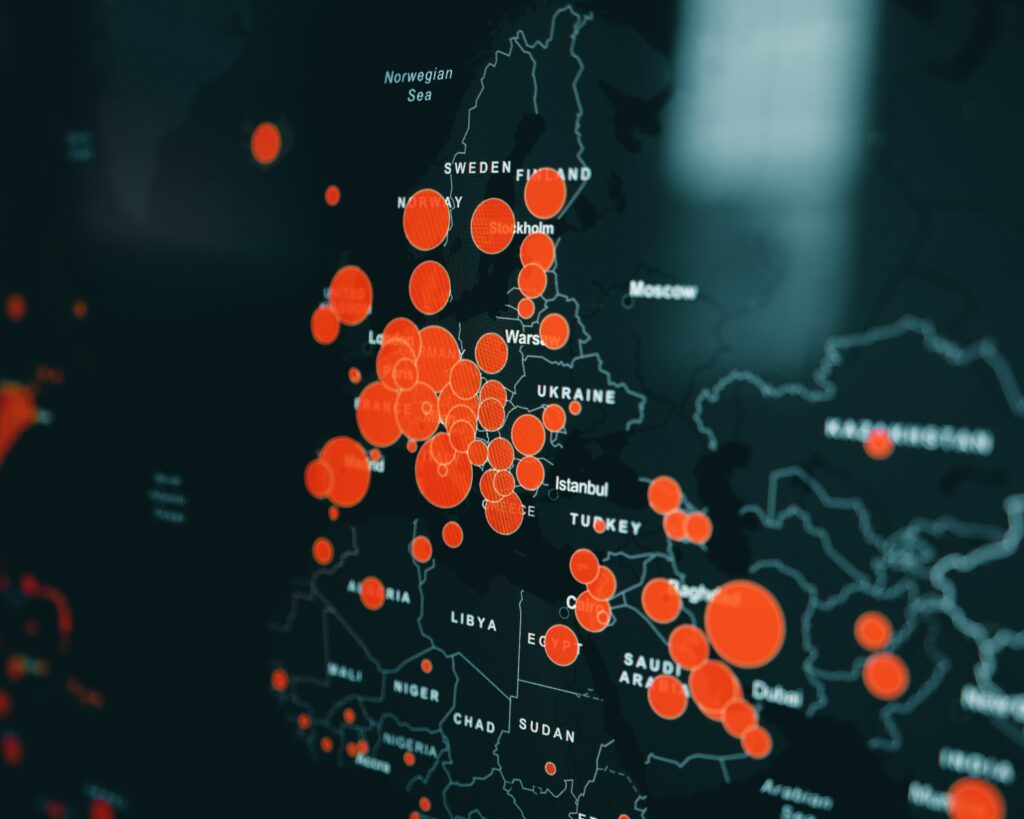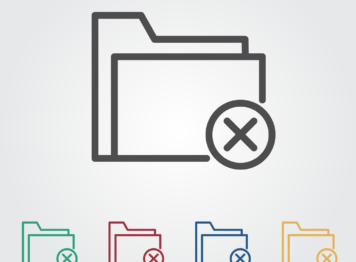An Introduction to the Ransomware Business Model

In the ever-evolving digital landscape, ransomware attacks have carved a niche as an extremely lucrative venture for cybercriminals. But why exactly have they become a magnet for hackers worldwide? This blog post delves into the mechanics of ransomware operations and how they fuel the engines of cybercrime economies.
Ransomware is a type of malicious software that encrypts a victim’s files. The attackers then demand a ransom from the victim to restore access to the data upon payment. This business model has emerged as a gold mine for hackers, primarily due to the ease of execution and substantial monetary gains.
An Introduction to the Ransomware Business Model
High Profitability with Minimal Effort
The fundamental appeal of ransomware attacks lies in their economic viability. Ransom demands can range from a few hundred to millions of dollars, depending on the size and financial muscle of the target organization. What’s more, with the availability of Ransomware-as-a-Service (RaaS) models, even inexperienced hackers can launch attacks without much technical know-how, widening the pool of potential cybercriminals.
The Crypto Cover-Up
Cryptocurrencies, such as Bitcoin, are a boon to these digital bandits. The anonymized transactions make tracing the ransom payments a herculean task, thus ensuring a secure, untraceable method for pocketing the loot.
Monetizing Stolen Data
Stolen data can be monetized in several ways in the criminal underground, most commonly on the darknet. Here’s how each type of data might be used:
- Credit Cards: Credit card numbers are usually sold on darknet markets, often in bulk. The more information provided (expiration date, CVV, etc.), the more valuable they are. Carders (criminals specialized in credit card fraud) will use these numbers to either make unauthorized purchases or create clone cards.
- Passport Photos: Stolen passport photos or passport details can be used in identity theft operations, sold to forge false identities, or used for travel or immigration fraud.
- Social Security Numbers (SSN): Similar to passports, SSNs are extremely valuable in identity theft crimes. They can be used to fraudulently apply for credit cards, loans, or government benefits.
- Emails: Emails can be used for spear phishing attacks or spam campaigns. They may also be used to reset passwords or gain unauthorized access to other systems, if they are linked to other accounts.
- Internal Documents: These could have a wide range of uses depending on their nature. They might reveal business secrets, which can be sold to competitors, or sensitive customer data, which can be used in further attacks.
- Server Access: If hackers gain access to a company’s servers, they can sell this access to other cybercriminals on the darknet. The servers can then be used for a range of illicit activities, such as hosting illegal content, launching DDoS attacks, or further penetration into the network.
- Internet History Logs: Internet browsing history can be valuable for cybercriminals interested in targeted advertising or spear phishing attacks. For instance, if a person frequently visits a particular bank’s website, they could be targeted with phishing emails that mimic the bank’s communication.
- Health Records: Health records can be sold on the darknet and used for insurance or prescription fraud, and in some cases, for blackmail. These records are often more valuable than credit card information because they contain comprehensive details about an individual that can be used in multiple fraud scenarios.
- Usernames and Passwords: Stolen usernames and passwords can be used to gain unauthorized access to accounts for identity theft, financial fraud, or to launch further attacks. They can also be sold in bulk on the darknet.
- Corporate Intellectual Property: Trade secrets, patent applications, design documents, source codes, and other intellectual property can be stolen and sold to competitors or used for industrial espionage.
- Digital Certificates and Keys: These can be used to impersonate trusted websites or systems, launch ‘man-in-the-middle’ attacks, or sold to other hackers.
- Software Vulnerabilities: If a hacker discovers a new software vulnerability, this can be sold on the darknet. These ‘zero-day’ vulnerabilities can be extremely valuable as they can be used to launch attacks on unsuspecting victims.
- Botnets: Hackers can infect a number of computers with malware and control them remotely, creating a botnet. Access to these botnets can be sold on the darknet and used for activities like sending spam emails, stealing data, or launching DDoS attacks.
- Mobile Phone Data: This includes contact lists, text messages, and other personal information stored on mobile devices. These can be used for spam, phishing, or identity theft.
- Cryptocurrency Wallet Credentials: These can be used to steal the victim’s cryptocurrency.
The Power of Fear and Urgency
Organizations often find themselves in a tight spot when struck by a ransomware attack, particularly when critical systems or sensitive data are involved. The urgency and fear to regain access and control push many to relent and pay the ransom, thereby boosting the success rate for hackers.
A Growing Threat Landscape
The increasing digitization across all sectors, coupled with the rise in remote working, has expanded the threat landscape, presenting an abundance of targets for cybercriminals.
While the financial appeal of ransomware attacks for hackers is clear, the good news is that organizations aren’t helpless. Investment in cybersecurity infrastructure, employee education, regular backups, Ransomware monitoring and incident response planning can go a long way in preventing or mitigating the effects of these attacks.
In a world where data is more valuable than ever, the fight against ransomware must be relentless. Awareness and understanding are the first steps in this battle. Remember, prevention is not only better but often cheaper than the cure! Stay safe in the digital world!




